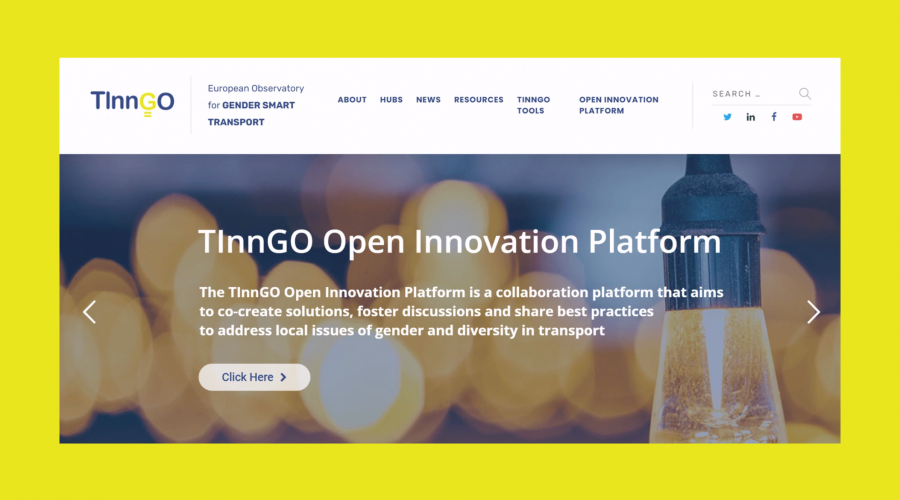There are many great ways to make members of institutions, communities and organisations aware of historical inequalities, male bias and imbalanced power relations. However, where to start in the certain specific case? That is a good question with no unified answer, as different places start off from different traditional structures and situations. To make sure that there is a good place to start with for a minimum standard to be set and a transition to a more gender-balanced institution made as smoothly as possible, Staircase Models can provide a good solution.
A staircase model is built upon a simple idea: identifying and implementing social and community change should happen stepwise. Therefore, complex issues can be divided into smaller pieces, and it is possible to look both backwards, at what has already been achieved, and forwards, at the next step.
EIGE’s recommendation for a Gender Equality Training, for instance, is built upon a twelve-step model that is divided into three phases: preparation, implementation, and evaluation.
Do you wish to read more on Gender Equality Training? Click here!
Another example is a Swedish toolkit on gender mainstreaming that operates with eight steps:
(1) Basic understanding of gender and equality issues (based on online education),
(2) Investigation of the conditions for the change process (based on group discussions),
(3) Planning and organisation (based on checklists and an action plan),
(4) Inventory of the business (based on business review),
(5) Mapping and analysis (with tools like the 4R or the Gender Budgeting – coming soon in our series!),
(6) Formulation of goals and measures (e.g. using the tool SMARTgoals: writing down what is Specific, what could be Measurable, and asking whether it is Accepted by all parties and whether it is Realistic enough; finally, with deadlines set, it all should be Time-limited),
(7) Implementation of measures,
(8) Follow-up (based on evaluation methods, and/or tools like the 4R or process mapping).
As this example shows, a staircase model can be very effectively combined with other tools, methods, and strategies to achieve a more gender-balanced environment. This is crucial in the field of transport where gender mainstreaming makes a tangible difference for everyday users, and it should be started from bodies responsible for planning, decision-making and implementation.
If you want to read more on this, visit the TInnGO Data Repository!
This post is part of a series, introducing tools and methods to measure and analyse gender matters in transport. Click here to read the other parts. The series is based on this publication.





